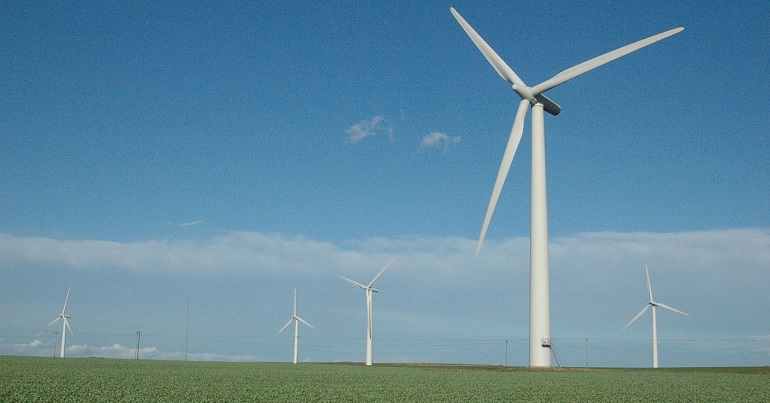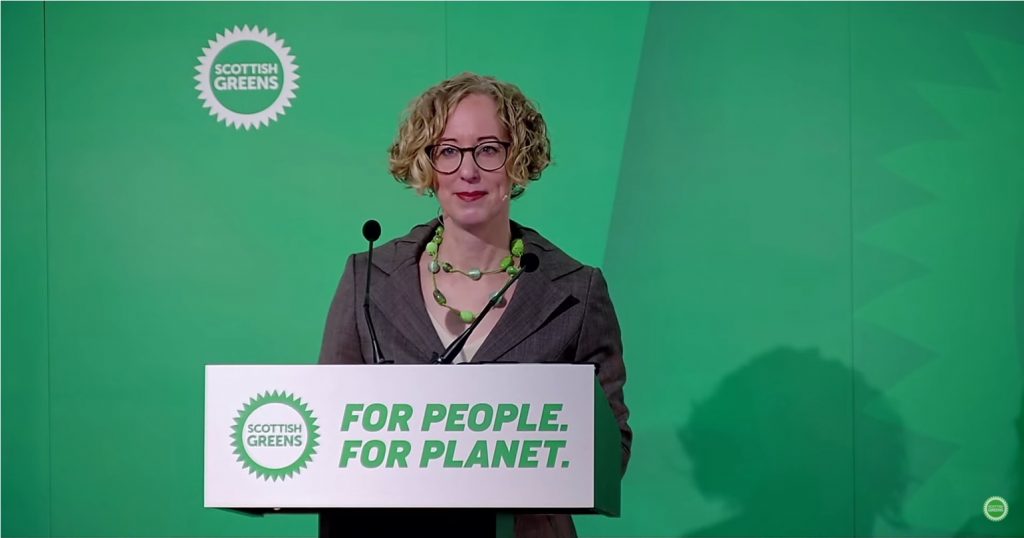Has the future of European energy arrived?

European electrical grids are breaking records. Covid-19 accelerated a rewriting of European power provision greater even than privatisation, and grids are not yet prepared. The results are seen in negative prices for electricity, record low carbon intensity and payments made to the nuclear industry for it to not generate. How we respond to these new challenges can determine if we see the just energy transition the green movement been advocating for.
Renewables rise and the ducks curve problem
In the 2000s, European governments driven by public pressure and a subsequent EU Renewable Energy Directive implemented various policies to support the growth of renewables. For western Europe, this was predominately variable generation, wind and solar. Austerity obsessed governments cut many of them, but these policies led to a renewables boom and a cycle of technological improvements that led to prices crashing (see figure 1) and installed capacity soaring. This has had global effects with a Bloomberg NEF report this month estimating that wind and solar are the cheapest energy sources for 80% of the global economy on a levelised cost of energy basis.
Unlike coal and gas, wind and solar are variable generators mainly generating under certain weather conditions. In California this mismatch was labelled the ducks curve problem.
Being paid to use electricity, missing money and the death of coal.
European utilities now have to cope with renewables that – after a high construction cost – could generate their electricity at near zero cost. With subsidies they were even willing to generate at a negative cost. This meant that the higher proportion of renewables on the grid lowered electricity costs, but only when weather allowed them to generate.
So, when the sun shone and wind blew, we started to see negative wholesale prices, as operators attempted to balance supply and demand by paying consumers to use power. Germany was first and then other European countries followed suit. This was bad news for grid operators attempting to manage an increasingly complex grid, but also for many of them that owned coal generation capacity. With social movements holding them to account for their pollution and unable to cope with low prices, these began to become major loss makers. Coal has seen a collapse in Europe, and in February the last planned construction of a European coal plant was cancelled.
Negative prices occur because demand cannot be increased and electricity cannot be exported, or else it is too costly for conventional generators to power down. This is a particular problem for old style coal generation and nuclear power, which have a high cost to switch on and off. They will keep going even as prices crash.
Grids need to balance supply and demand or frequency falls and the grid crashes. Simplistically, the larger the mismatch between supply and demand, the greater the outage. No European grid is yet ready for 100% variable generation, and there are a number of grid services that can not be provided by renewables. Nevertheless, the grid operation arm of National Grid aims for the UK grid to be ready for zero carbon by as early as 2025.
Covid-19 and the arrival of the future (a bit early to the party)
European electricity consumption has been declining recently, for debated reasons. Covid-19 lockdowns accelerated this collapse in demand, at the same time as Northern Europe saw high winds and sunshine.
TRACKING: #electricitydemand updated to last night…
Big falls now in UK+Germany as lock-downs take effect.#Covid19 impact we estimate now at
(compared to 3 weeks ago):
🔘Italy -26%
🔘Spain -12%
🔘Germany -11%
🔘UK -14% pic.twitter.com/lpqPnv0WkT— Dave Jones (@CoalFreeDave) March 30, 2020
These conditions have been called a ‘postcard from the future‘, as renewables flirt with records for high shares of the power mix and demand touches record lows. This is what a more efficient grid with low carbon power might look like. In this case, the wave of negative wholesale prices are a feature not a bug. But energy policy is not ready for the wave of negative wholesale prices. EDF has to take a portion of Europe’s largest nuclear fleet off grid for maintenance till 2022. Meanwhile, other energy firms are taking massive financial hits.
More significantly, facing a supply crisis on the 8-10 May bank holiday and with lows predicated for the summer, National Grid have adopted some unconventional measures. They have secured urgent authority from the regulator to curtail renewables. The Times broke the story that National Grid have agreed to pay EDF £50 million to constrain power production at Sizewell B nuclear power station. If the plant operates in a low demand climate, it will be generating to high of a proportion of UK electricity. This means that if it were to go offline it could crash the entire grid.
The future is here, but we are not ready, yet
Clearly these steps are not ideal. However this postcard, shows some of the issues that a decarbonised electricity system will face. EU countries are leading the world in substituting fossil fuel generation with non-hydro powered renewables. It needs to work.
The solutions to the problem are well known. Denmark has managed to run over 50% of its electricity from variable wind by integrating with a wider European market. Germany and the Netherlands have set conditions to cut subsidies when the price falls too low. The UK National Grid is bringing online alternatives to fossil fuels to provide grid services.
In the longer run there is a need to find a way to manage the surplus power. A key way is to use the storage generated during surplus times and using it either when generation falls, or to decarbonise other sectors of the economy. There is also discussion on how smart pricing and passing on real time cost of power electricity could shift demand to a point where there is greater renewable generation.
This is fundamentally a good news story, power is getting cheaper and less carbon intense. The solution is not to preserve the old world, but to remove inflexible fossil fuels plants and bring on a diversity of renewables in both types of generation, but also in ownership structures. Rooftop solar may be owned by households, communities can own windfarms and this would break up the market driven logic of energy. The effects of the lockdown point to the reforms that need to be made.
The role for the green movement is to continue to drive this transition, and not let the pandemic be a reason for investment to let up as energy firms hit financial troubles, or environmental regulations be relaxed. The second role is to push for fairness to be placed at the heart of the deal both protecting the European workers who will lose their jobs in old power, but also ensuring the energy transition includes the Global South. Europe’s ability to afford energy transition comes as a result of the same colonial legacy that is intertwined with climate change. The mineral content – particularly for batteries – all to often comes from mines with inhuman practices, while the the countries it comes from are asked to give up coal without the grid infrastructure to support wind and solar alternatives. It will require those who are concerned about decarbonising Europe and indeed the world.




Leave a Reply